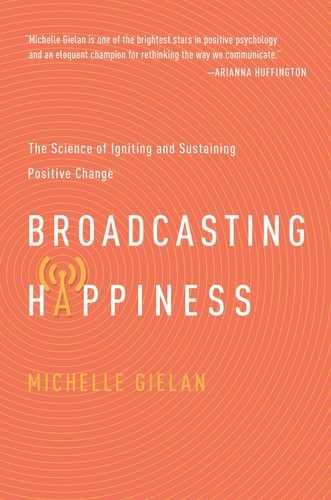INTRODUCTION
I knew something was wrong, but I was on a meteoric rise.
In the midst of going from anchoring a local news broadcast in El Paso, Texas, to hosting two national news programs at CBS News in New York, I saw something while reporting on the south side of Chicago that would eventually change my life’s story.
It was the sixth funeral I’d covered in as many months. But this one was different. It was a funeral for a child: A ten-year-old girl had been shot by a stray bullet from gang gunfire at her own birthday party.
As a news reporter, I knew the formula to use to tell the story. I had told this story countless times before. It was a sensational one of random violence, full of raw emotion from family members, which would leave viewers shocked and fearful that this could happen to their loved ones too. And just like many viewers, I didn’t know if I should feel numb to the violence or terrified at every moment that life could randomly and irrevocably be destroyed.
I was tired of it. As I sat in that church in Englewood, one of the roughest neighborhoods of Chicago, I was surrounded by a black congregation that was tired too. Yet amidst the emotional exhaustion there were stories of hope, and those stories changed the trajectory of my life.
As I listened to the preacher and watched the violence-ravaged congregation surround the grieving mother and sway together to songs of prayer, I realized that the story we often told on the news—a sensational tale of yet one more act of gang violence stealing our kids from us—was only one of the possible stories we could choose to tell. It was one that paralyzed the community instead of rallying everyone together for action. I thought, what would the ripple effect be if we were to focus on the other possible stories unfolding that day?
We could tell the story of a mom surrounded by a loving community that supported her in a time of great challenge.
We could talk about how, despite this tragic act of violence, according to the stats, Englewood was slowly becoming a better place to live, thanks to specific coordinated efforts by the police, community leaders, and local residents.
Instead of focusing solely on the pain and desperation, the story could also highlight the hope, optimism, and resilience of this community. These were all equally true facts.
It was clear to me that there was a better way for us to tell stories, but I had my sights set on a national news position in New York. It was a job I landed two years later—right as the economy collapsed. From my anchor desk at CBS News, I covered the greatest economic downturn in the United States since the Great Depression. We told heart-wrenching stories of the destruction of people’s lives as they lost their homes, jobs, and retirement savings. And the sad stories didn’t end with the economy. The lights hanging above a multimillion-dollar studio shone down on me as I described in detail how five million barrels of oil devastated the Gulf of Mexico and its surrounding communities.
On July 17, 2010, I left.
It was not because we were telling negative stories or because of the long hours and early mornings. And it wasn’t lost on me what I would be giving up—broadcasting to millions of people every time that red light went on over the camera.
I left because I had seen another light. This book is about that story.
Throughout this book, you’ll see what I saw over the course of the five years that followed my leaving CBS. You’ll see how people can change the trajectory of their families, companies, and communities when they change the stories they communicate. How a single leader at a massive national insurance company changed the way his team thought about its work and tripled revenues. How a news series focused on fostering happiness during the recession, which didn’t mention a single negative story, got the highest viewer response of the year. How a pair of estranged brothers, each facing the threat of losing his home, reunited to live together. How managers at a certain company trained their brains to experience 23 percent fewer negative effects of high stress. How a school district raised its graduation rate from 44 to 89 percent in a few short years—and how it’s not done improving yet. How a two-minute habit can change someone from being a lifelong pessimist into an optimist. How shifting their mindset about getting older can scientifically alter the aging process for a group of seventy-five-year-old men. How a forward-thinking media mogul is using positive research to transform news coverage. And how you can use all of the incredible research from positive psychology and the phenomenal stories in this book to better your life.
I didn’t stop being a broadcaster when I left CBS. I learned that we are all broadcasters, and by changing the stories we transmit, we can create positive change.
We do it by broadcasting happiness.
